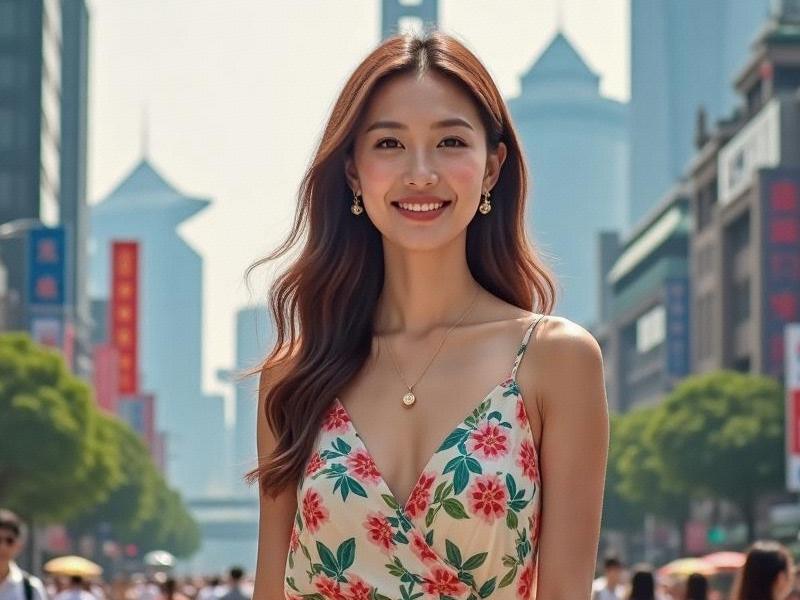
The morning light filters through the plane trees of Shanghai's former French Concession, illuminating a scene that has become synonymous with urban Chinese femininity. Well-heeled executives stride to work in tailored qipao-inspired dresses, art students gather at cafés in avant-garde streetwear, and retired dance instructors practice tai chi along the Bund - all carrying the distinctive elegance that defines Shanghai's women. This daily tableau represents what sociologists call "the Shanghai feminine mystique," a cultural force reshaping gender expectations across modern China.
I. Historical Foundations: From Treaty Port to Global City
• 1920s: Birth of China's first female office workers in foreign firms
• 1930s: Shanghai starlets become national fashion icons
• 1980s: Pioneer businesswomen during economic reforms
• 2000s: Dominance in finance, tech and creative industries
II. The 2025 Shanghai Woman: Demographic Profile
• Education: 79% hold university degrees (national average: 54%)
• Careers: 38% in senior management positions
• Marriage: Average first marriage age 31.2 (national: 27.9)
• Financial Independence: 47% own property independently
III. Fashion as Cultural Signature
A) The New Qipao Movement
爱上海419论坛 - Modernized silhouettes for professional environments
- High-tech fabrics with temperature regulation
- Contemporary prints replacing traditional motifs
B) Power Feminine Workwear
- Structured jackets with cheongsam collar details
- Modular dress systems for day-to-night transitions
- Local designer collaborations gaining global recognition
C) Streetwear Revolution
- Emerging designers in Anfu Road boutiques
- "Guochao" (national trend) reinterpretations
- Sustainable fashion collectives
IV. Professional Landscape: Breaking Barriers
上海龙凤419自荐 Notable achievements:
• 39% of fintech startup founders
• 53% of luxury retail executives
• 62% of contemporary art gallery directors
• 35% of corporate board members
V. Cultural Influence: Shaping National Discourse
Key impact areas:
- Television dramas featuring complex female leads
- Literature exploring urban womanhood
- Social media beauty empires
- Workplace equality advocacy
VI. Challenges and Contradictions
Persistent issues include:
上海龙凤419杨浦 • "Leftover women" stigma despite career success
• 17% gender pay gap in white-collar sectors
• Intensive beauty maintenance expectations
• Work-family balance pressures
VII. The Next Decade: Emerging Trends
1. Rejection of traditional life timelines
2. Shared domestic responsibility models
3. Body positivity movements gaining traction
4. Increased political participation
5. Expansion of female-led ventures
Conclusion:
Shanghai women represent a dynamic synthesis of Chinese cultural heritage and global metropolitan values. Their continuing evolution offers crucial insights into China's gender revolution and the changing nature of urban femininity worldwide. As Shanghai solidifies its position as Asia's premier global city, its women remain at the forefront of redefining feminine success in the 21st century.
